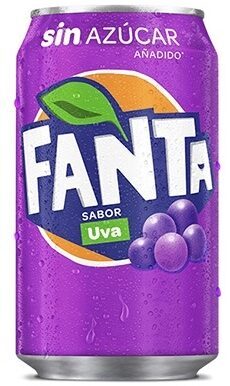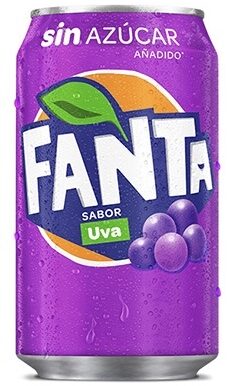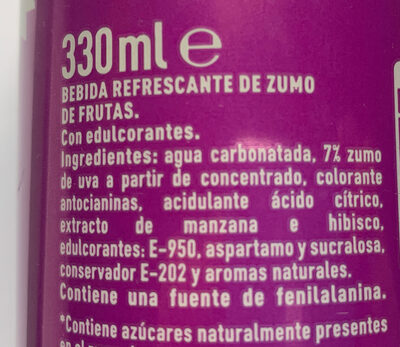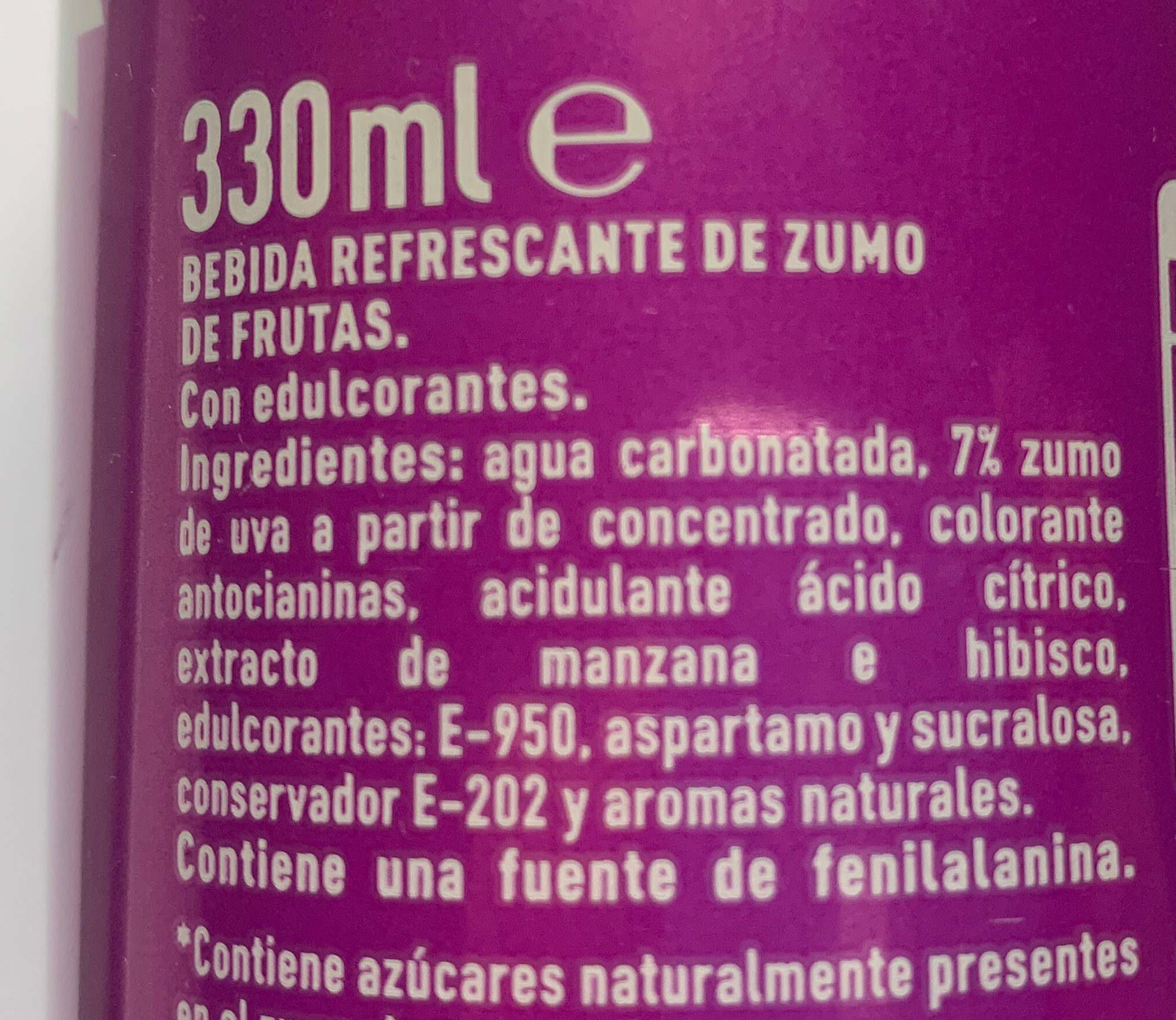Fanta Uva - 330 ml
This product page is not complete. You can help to complete it by editing it and adding more data from the photos we have, or by taking more photos using the app for Android or iPhone/iPad. Thank you!
×
Barcode: 5449000265173 (EAN / EAN-13)
Common name: Bebida refrescante de zumo de frutas
Quantity: 330 ml
Packaging: Can
Brands: Fanta
Categories: Beverages, Carbonated drinks, Artificially sweetened beverages, Sodas, Sweetened beverages
Manufacturing or processing places: España
Countries where sold: Spain
Matching with your preferences
Environment
Packaging
Transportation
Report a problem
Data sources
Product added on by jog13ovd
Last edit of product page on by helent1.
Product page also edited by inf, kiliweb, packbot, roboto-app, yuka.Ukl3TEd2UXVwT1VGbGNFZzlSYjF3OEJFNWFLbEJ6Nm9DZnBKSVE9PQ, yuka.VDc0Y0dhc0xuK0UzaDlvRDhUN3QydHg3OTVDQ1FFR1JJdGcrSUE9PQ.









